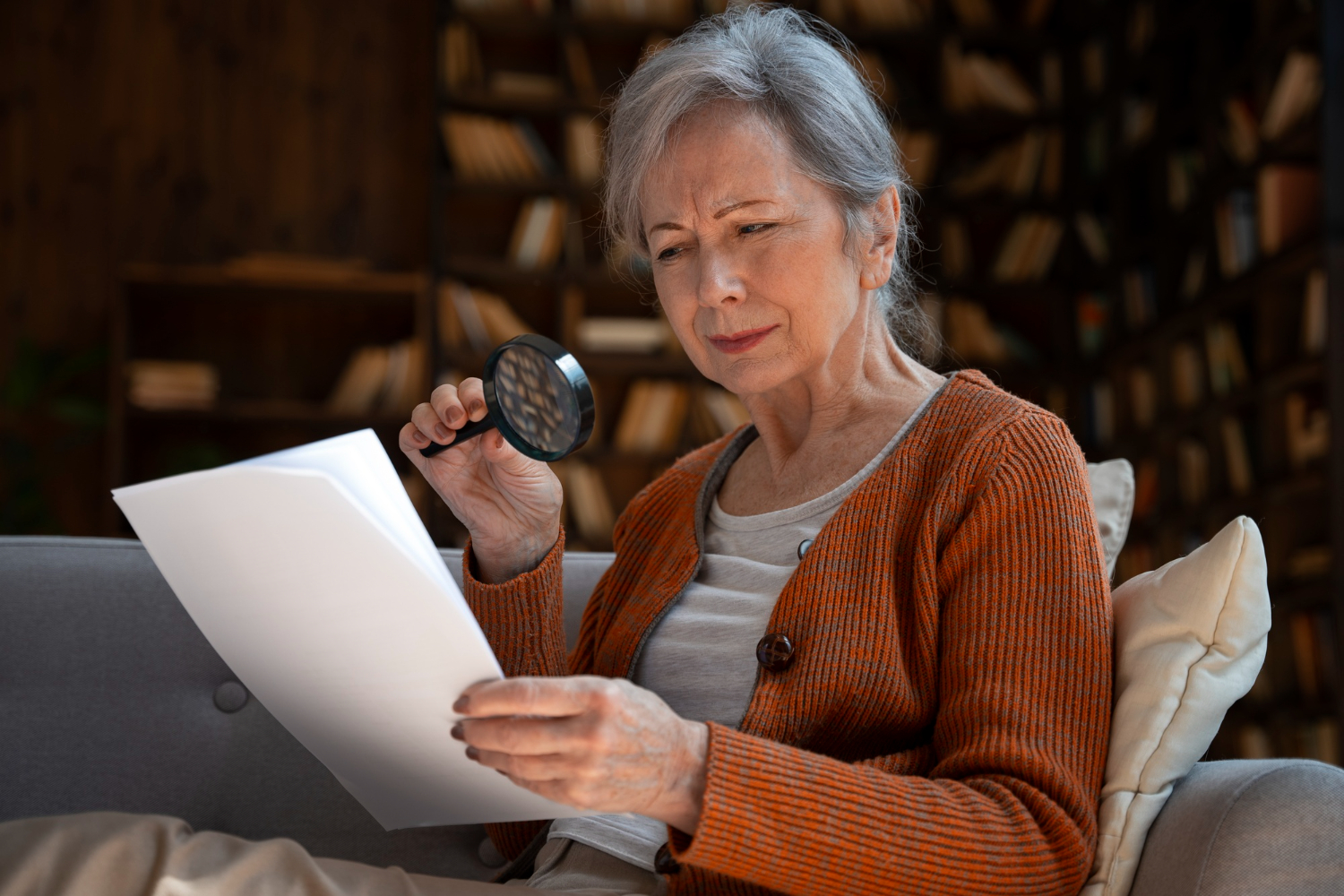
Retirement Planning for Single Women Over 50, in Australia: Building Security in an Uncertain World
Single women over 50 in Australia often face a more precarious financial situation in retirement compared to their male counterparts or partnered women. This is due to a confluence of factors:
Superannuation Gap: Women retire with significantly less superannuation than men. The average retirement balance for women can be as much as 47% lower than men's. In 2013-14, the average retirement balance at age 64 was $292,510 for men and $138,154 for women. This "super gender gap" is largely attributed to:
Gender Pay Gap: Women, on average, earn less than men over their lifetimes.
Career Breaks: Women are more likely to take time out of the workforce for caring responsibilities (children, elderly parents), which leads to fragmented work histories and fewer super contributions.
Part-time and Lower-Paid Work: Women are often concentrated in part-time, casual, and lower-paid roles.
Longer Life Expectancy: While a positive, women generally live longer than men (average 85 for women vs. 81 for men, ABS 2020-2022). This means their potentially smaller superannuation savings need to stretch further, possibly for up to 30 years depending on retirement age.
Housing Insecurity: A significant number of older single women (around 23% of single respondents in one survey) do not expect to ever afford their own home. There has been a substantial increase (97% in the ten years to Census 2016) in older women forced to rent in the private market, which is often severely unaffordable. Many also face the risk of homelessness, often due to low incomes, relationship breakdowns, job loss, or illness.
Reliance on Age Pension: Due to lower super balances, women are more reliant on Age Pension as their primary source of income in retirement. In 2013, women comprised 55.6% of people aged 65 and over receiving the Age Pension.
Higher Healthcare Costs: Women tend to have higher "total disease burden" and are more likely to live with chronic conditions, leading to higher out-of-pocket healthcare expenses in retirement.
Lack of Planning: A significant proportion of Australians, particularly women, have not estimated how much they would need for retirement.
Recommended Superannuation Balances (ASFA, 2024):
For a comfortable retirement at age 67, single individuals need an annual income of approximately $51,814. To achieve this, ASFA recommends a superannuation balance of around $595,000 for singles at age 65. However, data indicates that Australian women aged 60 to 64 have an average balance of about $318,203, highlighting a significant gap.

Building Security in an Uncertain World: Key Strategies
Given these challenges, proactive and strategic retirement planning is crucial for single women over 50.
1. Assess Your Current Financial Situation:
Calculate your net worth: Include all assets (super, investments, property, savings) and liabilities (mortgages, personal loans, credit card debt).
Track income and expenses: Understand where your money is going and identify areas for potential savings.
Review your superannuation: Check your current balance, understand your investment options and fees, and ensure your details are up-to-date.
2. Envision Your Retirement Lifestyle:
Define your desired retirement: What kind of lifestyle do you want? Travel, hobbies, living closer to family? This helps estimate future expenses.
Estimate your retirement expenses: Factor in daily living costs, healthcare, travel, and any potential big-ticket items like renovations.
3. Maximize Your Retirement Savings:
Increase super contributions: Consider making additional voluntary contributions, such as salary sacrificing or personal contributions, to boost your super.
Eliminate debt: Prioritise paying off high-interest debts, especially non-deductible ones, before retirement.
Optimize investments: Review your investment portfolio to ensure it aligns with your retirement goals and risk tolerance. As you approach retirement, capital preservation becomes more important, but growth is still essential.
Consider downsizing: If you own a home, downsizing can free up capital for retirement. Be mindful of potential capital gains tax (CGT) implications and how it might affect Centrelink eligibility.
Explore part-time work: If possible, consider working part-time in retirement to supplement your income and draw down less on your super.
4. Understand Government Entitlements:
Age Pension: Familiarize yourself with the eligibility criteria for the Age Pension (age, assets, and income tests). The Age Pension age is currently 67 for those born after 1957.
Concession cards: Investigate what concession cards you might be eligible for to help with costs like healthcare and energy.
5. Plan for Healthcare Costs:
Acknowledge that healthcare costs are likely to increase with age. Factor this into your retirement budget.
Consider private health insurance if it aligns with your needs and budget.
Questions to Ask a Financial Advisor:
Engaging a financial advisor, particularly one who understands the unique financial challenges faced by women, can be invaluable. Here are crucial questions to ask:
"What are your qualifications and experience, particularly with clients in my demographic (single women over 50)?"
"How do you charge for your services, and what is your fee structure (e.g., flat fee, percentage of assets under management)?"
"Are you independent, or do you have financial links with specific products you recommend?" (This helps ensure unbiased advice.)
"Can you help me estimate how much I need to retire comfortably, based on my desired lifestyle and current financial situation?"
"What strategies can we implement to help me bridge the superannuation gap and boost my retirement savings?"
"How can I manage debt effectively as I approach retirement?"
"What are my options for diversifying my income sources in retirement (e.g., super, investments, part-time work, Age Pension)?"
"How can we best manage my investments to balance growth and capital preservation as I get closer to retirement?"
"What are the implications of selling my home or downsizing on my retirement income and Centrelink eligibility?"
"How do we account for potential healthcare costs and other unforeseen expenses in my retirement plan?"
"What kind of ongoing review services do you offer, and how often will we meet?"
"Can you assist with estate planning, including wills and power of attorney?"
"How can you help me understand and navigate the complexities of the Age Pension and other government benefits?"
"What is the risk attached to the investment products you most commonly recommend for clients like me?"
Why Single Women Should Get Professional Financial Advice:
Addressing the "Super Gap": Financial advisors can help devise strategies to accelerate superannuation growth and mitigate the impact of career breaks and lower historical earnings.
Tailored Strategies: They can create a personalised roadmap that considers your unique circumstances, goals, and risk tolerance, which are often different for single women.
Navigating Complexity: The Australian retirement system, including superannuation, investments, and government benefits (like the Age Pension), can be complex. Advisors provide clarity and ensure you're making informed decisions.
Optimising Investments: They can help you select appropriate investment strategies to grow your wealth while managing risk, especially as retirement approaches.
Debt Management: Advisors can provide guidance on efficiently managing and eliminating debt to free up cash flow for savings.
Maximising Entitlements: They can help you understand your eligibility for government benefits and structure your finances to maximise these entitlements where appropriate.
Long-Term Planning: Retirement planning isn't a one-time event. An advisor can help monitor your progress, adjust your plan as life circumstances change, and ensure your money lasts throughout your longer life expectancy.
Confidence and Peace of Mind: Professional guidance can empower you to make informed decisions and reduce financial stress, leading to greater confidence and peace of mind about your future.
What Can Happen If Retirement is Not Structured Well:
Without a well-structured retirement plan, single women over 50 face significant risks:
Poverty in Retirement: Many older single women in Australia are at risk of living in poverty. Without adequate planning, they may find themselves relying solely on the Age Pension, which may not be sufficient for a comfortable lifestyle.
Financial Stress and Anxiety: Inadequate savings can lead to constant worry about meeting daily expenses, healthcare costs, and unexpected emergencies.
Forced to Work Longer: Without sufficient retirement savings, women may be forced to continue working beyond their desired retirement age, potentially in physically or mentally demanding roles.
Housing Insecurity and Homelessness: A lack of planning can result in an inability to afford stable housing, increasing the risk of renting unaffordable properties or even homelessness.
Limited Lifestyle Options: Retirement may not be the "golden years" envisioned, instead being constrained by financial limitations, preventing travel, hobbies, or even basic comforts.
Inability to Afford Healthcare: With higher rates of chronic conditions, poor planning can mean an inability to afford necessary medical treatments, specialists, or aged care.
Dependence on Others: Without financial independence, there's a higher risk of becoming financially dependent on family members, which can create strain.
Selling Assets Under Duress: If faced with unexpected expenses or insufficient income, individuals may be forced to sell assets (like their home) in unfavourable market conditions, further eroding their financial security.
In conclusion, for single women over 50 in Australia, proactive and informed retirement planning, ideally with the assistance of a qualified financial advisor, is not just advisable, but essential for building a secure and comfortable future.

